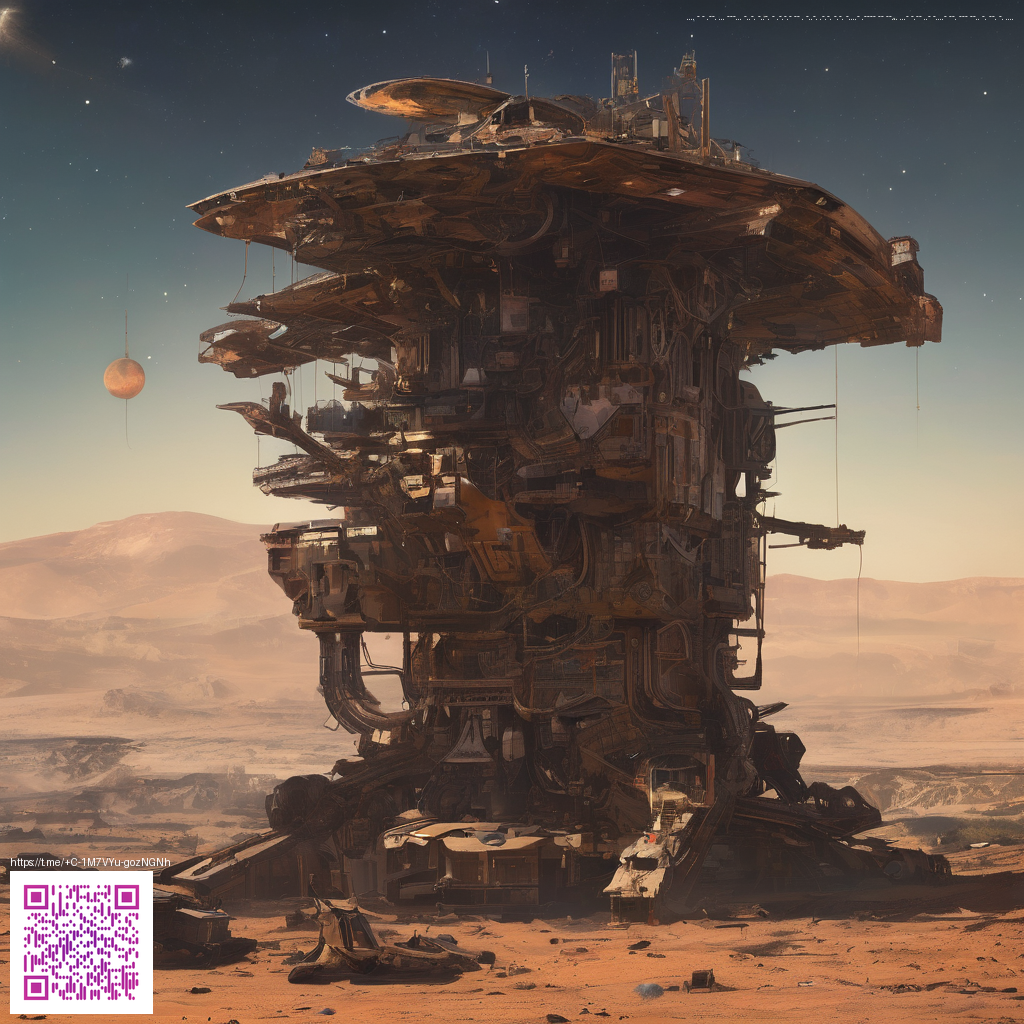
Blockchain and NFT technology have quietly become a steering wheel for the future of MMORPG economies. Far from being a novelty for collectors, these systems promise new models of ownership, scarcity, and value transmission that could alter how players interact with in-game assets. In practical terms, players could truly own, trade, or transfer items across games and platforms, while developers gain new levers to design balanced, sustainable economies. This shift is less about replacing current mechanics and more about layering a transparent, interoperable backbone on top of them.
From ownership to interoperability
At the heart of this evolution is the concept of true ownership: when an item is minted as a non-fungible token (NFT), its metadata, provenance, and rights can be encoded in a way that remains verifiable on the blockchain. Smart contracts can automate scarcity, royalties, and even usage rules, reducing gray areas in secondary markets. The result is a more fluid ecosystem where assets aren’t locked to a single game or publisher. Players can transfer or liquidate items with confidence, and creators can earn ongoing rewards from their work through programmable royalties that travel with the asset.
Interoperability is the logical next step. Imagine a rare sword or cosmetic that retains its identity as you move between MMO titles or even across genres. While real cross-game compatibility still requires industry-wide standards and governance, the blueprint is clear: asset metadata, on-chain ownership records, and interoperable wallets can anchor a shared economy where demand and supply reflect true, global interest, not isolated server economies. For players, this means more meaningful decisions about what to equip, invest in, or trade—knowing the asset has value beyond a single adventure.
Economic design principles for the new frontier
- Transparent ownership and provenance: Each asset’s history is auditable, reducing disputes and boosting trust in marketplaces.
- Programmable royalties: Creators receive ongoing rewards on secondary sales, aligning incentives across the ecosystem.
- Interoperable standards: Common metadata schemas and smart contracts enable smoother transfers between games and platforms.
- Dynamic scarcity and utility: Rarity can be defined once, while in-game power or cosmetic appeal can evolve with gameplay, events, or governance decisions.
- Governance and participation: Players can shape rules or reward structures through on-chain voting and stake-based mechanisms.
These design choices don’t just improve the economics; they affect player psychology. When ownership is provable and transferable, effort and achievement feel more tangible. When secondary markets reward creators, communities grow around artistry and craftsmanship, not just rare drops. And when players participate in governance, they become stewards of the worlds they inhabit, not merely consumers of content.
In practice, hybrid experiences can emerge that blend digital and physical goods. Consider how a tangible item—like a neon phone case with a card holder MagSafe polycarbonate (see the product page here)—can anchor real-world branding and identity to in-game assets. Such integrations illustrate how real assets and digital provenance might coexist, enriching both the gameplay and the shopping experience. For readers seeking broader discussions, this line of thinking is echoed on this page: https://defiacolytes.zero-static.xyz/c5e4245c.html.
“If you design for ownership and portability first, economies scale from a core of trust outward to broader participation.”
Of course, there are practical hurdles. Layering blockchain into MMORPGs introduces technical complexity, onboarding friction, and questions about energy efficiency, latency, and regulatory clarity. Even with proof-of-stake and sidechains improving scalability, the transition demands careful economic modeling, robust security practices, and transparent communication with players about costs, risks, and benefits.
For developers, the roadmap involves phased experimentation: pilot items with clear utility, on-chain governance pilots, and carefully designed liquidity and royalties to avoid inflation or market saturation. For players, it means learning to manage digital wallets, understanding asset provenance, and recognizing that holding valuable NFTs can be a part of long-term strategy—not just a quick flip.
Similar Content
Explore related discussions and examples in this section: